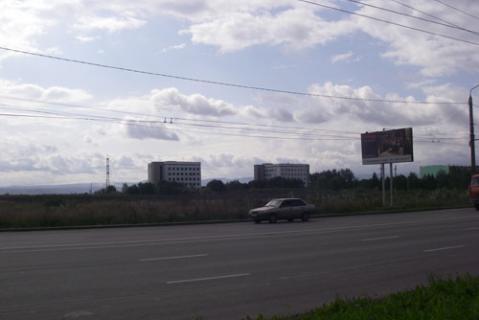In the 1930s the majority of executions of the inhabitants of Krasnoyarsk and the surrounding districts took place in the city’s prison-fortress (today pre-trial and investigation centre No. 1). Before 1937 the bodies of those shot were buried in common graves in the city’s cemeteries.
When the Great Terror (1937-1938) began, and the shootings became numerous, the victims were buried outside the city. Krasnoyarsk historians of the terror believe that one place where people were shot and buried was the forested area near Korkino village. Old villagers recall often hearing shots during the night in 1937-1938 from the military firing range, where the aluminium works and the bar mill stand today. Youngsters from Korkino leading cattle out to graze at night saw trucks bringing something and burying it in large pits. The exact numbers buried there are unknown. Researchers say that more than 2,000 people were shot in Krasnoyarsk during the Great Terror. A list of 1,795 names has been compiled.
During construction work in the 1950s to 1970s burials were repeatedly found near Korkino. In 1959, for instance, when a road was being built human remains were uncovered. They were collected together and deposited in an unknown location. In the 1960s dozens of burials were discovered as the foundations of the Krasnoyarsk aluminium and metallurgical works and the layout of the site were being made. The police cordoned off the area and accidental eyewitnesses were warned not to say anything. According to some reports, the remains from one of the largest burials were taken to the vicinity of Kebekovo village and buried there.
Today visits to the execution and burial site near Korkino are including in the “Topography of Terror” excursion organised by the Krasnoyarsk Memorial society.
A Book in Remembrance of the Victims of Political Repression in the Krasnoyarsk Krai (13 vols. 2004-2014) includes biographical entries for 45,400 who were shot or sent to the camps. See Yeniseisk.
| Date | Nature of ceremonies | Organiser or responsible person | Participants | Frequency |
|---|---|---|---|---|
|
October
|
Topography of Terror excursion to mark 30 October, Remembrance Day for the Victims of Political Repression
|
Krasnoyarsk Memorial
|
teachers and schoolchildren from Krasnoyarsk
|
Annual event
|
| State of burials | Area | Boundaries |
|---|---|---|
|
have not survived
|
not determined
|
not delineated
|
[ original texts and hyperlinks ]
K. Popov, “This must never happen again”, Krasnoyarsky rabochi newspaper, 24 January 1989
K. Popov, “Unnamed graves”, Krasnoyarsk Memorial society website
“Executions took place at night”, Krasnoyarsk Memorial society website
“One in a thousand. A Siberian helped [singer] Yury Shevchuk find his executed grandfather”, Argumenty I fakty in Yenisei, 10 May 2017, No. 19


